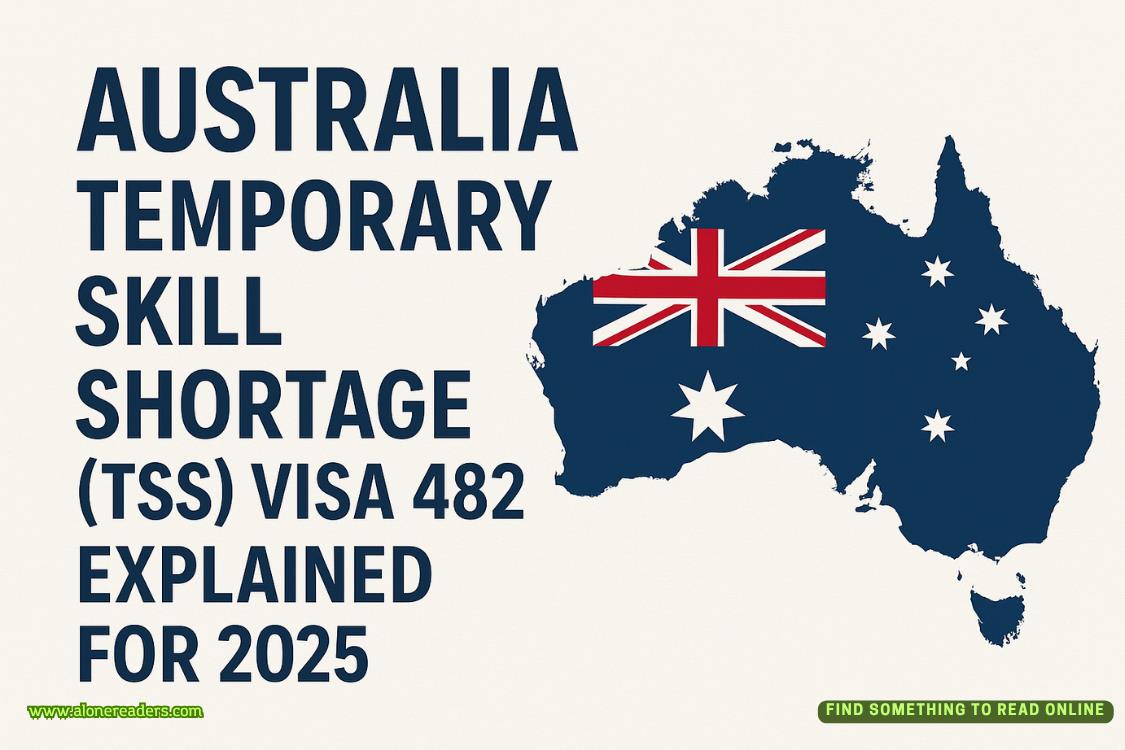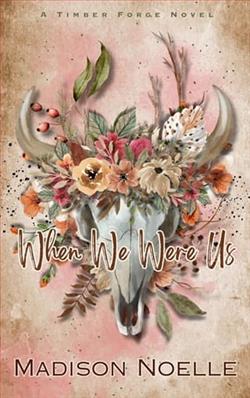Page 66 of Take the Sub and Run
“No. I don’t actually care that much,” Andrei sighed.
“How the hell did you ever get hired?” Landon muttered.
“I knew I liked you.” Colette beamed at Andrei, who couldn’t see it because his eyes were once more closed.
“Confess all you want,” Andrei said. “Unless you killed someone. Don’t tell me that. Then I’d actually have to do something.”
Sofie trusted Andrei, but saying more would be risking more than herself.
Sofie raised her brows at her friend, who nodded and said, “Tell the story of how you became one of the world’s greatest forgers. Allegedly.”
Landon growled, his eyes predatory as he looked at Colette.
Sofie rolled the still-cool glass bottle between her palms and watched the sky darken as she started talking.
“One day, my father came. I didn’t see him often, and I was nervous every time I did. This time, he brought me a painting. I remembered thinking it was very important because the case he brought it in had a lock. He took it out and said he thought that I could do an even better job learning if I could see and copy off a real piece, instead of an image.”
“That’s…something,” Landon murmured.
Sofie shrugged. “When you’re learning technique and testing out new mediums, trying to copy or recreate an existing piece is a good way to learn.
“He left the painting with me. Told me to make sure I paid attention to everything, even the edges.”
Colette grinned at the mention of edges, but didn’t interrupt.
“For a week, I worked. I spent the first two whole days just looking at it. Trying to mentally erase the cracks and discoloration in the varnish to see what it would have looked like when it was created. Then I started painting.
“My father came back, and I still remember the look of disappointment on his face. I was so scared. He smiled and told me it was nice, but the colors were wrong. Too bright. I told him my painting is what the original would have looked like when it was first painted, and I could prove it to him if he let me clean the original.”
Sofie smiled, remembering the rush of pleasure and pride she’d felt with what came next. “Then he smiled at me, and I felt so talented and clever. He arranged for me to take a tour of a restoration lab, though I had to promise not to tell anyone I was planning to attempt my own restoration. He said it was because people would see how young I was and not understand that I was more than capable.”
“That's probably not wrong," Landon said. “I don't think anyone would want a twelve-year-old taking solvents to an antique painting.”
“I made a note of every chemical and tool they used and asked my father to get them for me. He did and when he came back a month later, I had cleaned the original painting. And I’d applied yellow-tinted varnish to mine to try and mimic the coloring or the original, because even after being cleaned, they hadn’t quite matched.
“After that, he brought me new pieces almost every month, and each time, he’d ask for more. More detail. More accuracy. He brought me pages of notes on how to age varnish or mimic the craquelure. I later realized many of those notes were from confessions by famous forgers. One time, he brought a UV light and told me he wanted the paintings to look the same under UV light. That’s when I learned how to paint not only what I saw but to paint time. To paint what came before—the images underneath. The corrections and overpainting.”
“That’s amazing,” Colette murmured.
Sofie went on, the story flowing easily now as she talked about each new complexity her father brought her and asked her to recreate. The first time he brought her raw materials so she could make her own paints, along with period accurate paintbrushes. An X-ray, along with the original piece, the X-ray showing a whole figure that wasn’t in the final.
“Did you realize what he was having you do? What he was doing with the copies you made?” Andrei asked.
“Not until I was in my artist residency. That wasn’t my father’s idea. I was enrolled at the university as a favor to my father, or maybe to the church. I was in the classes, but I don’t think I was really a student, more I was…allowed to be there. I was focused on technique, and one of my professors, when they said I was struggling to find my own style, put my name forward for an artist residency. It came with studio time, supplies, mentorship, and access to an amazing lecture series.”
Sofie shrugged. “My father wasn't happy about it, but he didn't stop me. It wasn't until I went to one of the lectures on forgery that I realized exactly how different what I was doing at home—creating exact, indistinguishable replicas—was to the way we learned technique by painting our own version of masterpieces in art school.”
She winced, feeling a blush creeping up her chest at her naivety. “I was sheltered, and though they let me read and watch whatever I wanted, I was just a girl in a room with paint. And here was a lecturer talking about how art forgery was a billion-euro industry, and how art could be used as currency for crimes. That didn't seem to have anything to do with me…until he talked about the edges.”
Colette murmured a noise of agreement.
“Until then, I didn’t know how odd it was that my father brought me paintings without their frames. About how paintings are always in their frames, and when they're taken out and photographs are taken of the edges, those photographs are protected. That matching the edges used to be one of the only ways to spot a forgery. Then I remembered my father telling me to pay attention to the edges.”
Sofie took a deep breath, held it, then released it on a sigh. “I wish I could say that the next time I saw my father I confronted him, but I didn’t. Instead, I told him that if I was going to keep doing this, I would need more equipment. That the people who worked at museums had X-rays and chemical tests.”
“So you acknowledged it without directly saying anything.” There was no judgement in Andrei’s voice.
She nodded once. “And it went on that way for several years, until he brought me a painting that I knew… That I knew was more than just a piece of art but of history.”















